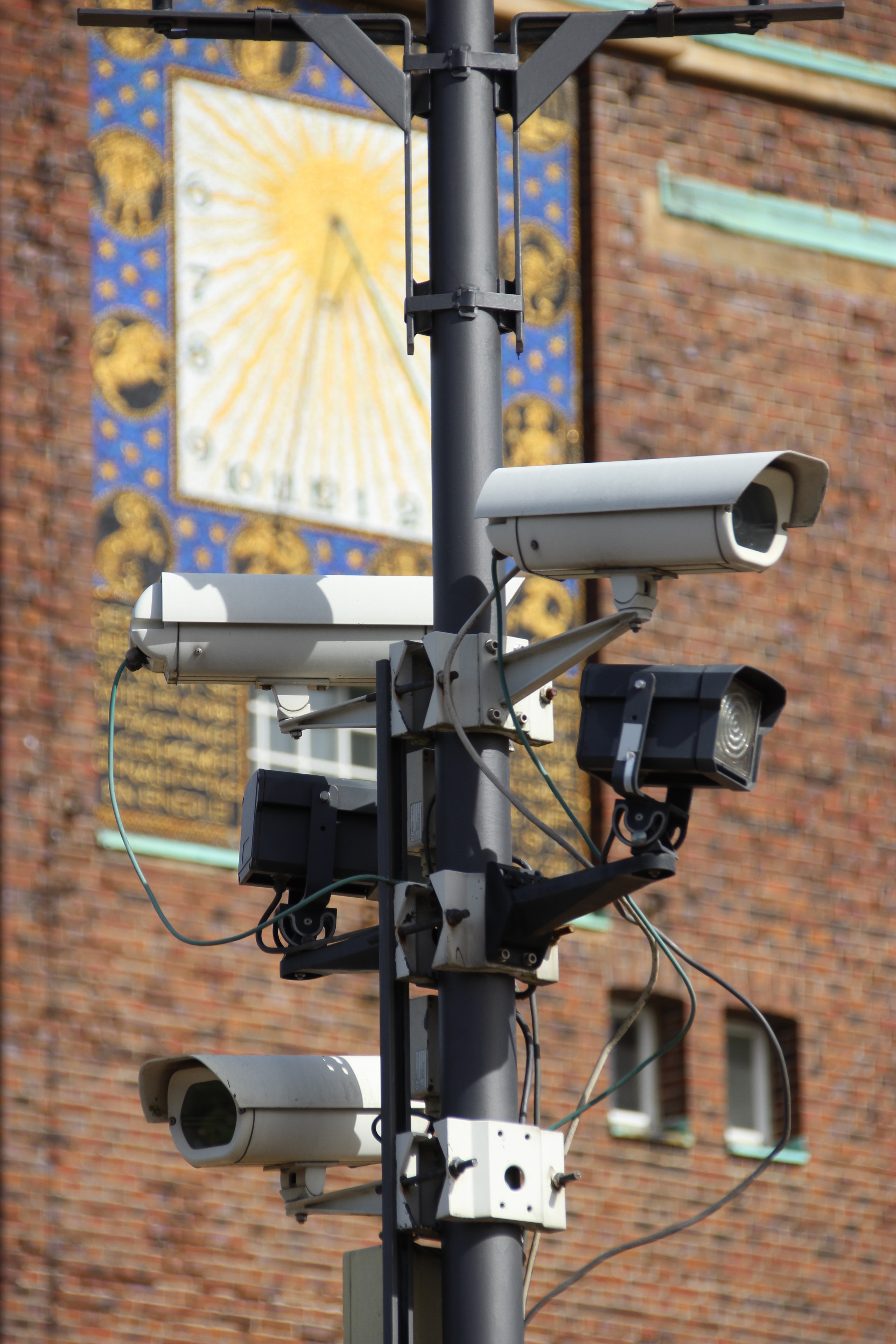Employers have the right to know if their employees are earning the money they’re paying them to do their job. Their reasons are legitimate. Take a look at these statistics:
- 64% of employees admit to using the internet for personal issues during working hours
- 25% of corporate internet traffic isn’t related to work
- Internet misuse costs companies over $10,000 per employee annually
Spending daily work breaks to relax and watch cat videos or check Facebook news feed is one thing, but doing this while the work piles up and deadlines approach is something else. If you wanted to pay employees to do that, you’d put it in the job description, wouldn’t you?

The Observer’s Phenomenon
So what’s the best way employers can rest assured their employees are actually working? Through observance, of course. Employees have always been watched in the workspace – but with the evolution of technology, the methods of doing it have become more sophisticated. Hovering over the employee’s shoulder has been replaced by different monitoring tools.
The effect this has on the workers is obvious. No one likes getting caught doing something work-unrelated, and when they see employers coming up to them, everyone switches over to working on some important stuff. Here, we’re dealing with the so-called “the Hawthorne’s effect,” which refers to individuals changing their behavior when aware of being watched. Even though the term was coined in 1958, the effect was acknowledged throughout history.
In fact, Jeremy Bentham created a type of prison building back in the 18th century that was supposed to hold prisoner under the Hawthorne’s effect. In the center of the building, called a panopticon, was a tall control center, from where guards could see every part of the prison. This causes prisoners to behave constantly as they’re being observed.
The Productivity Panopticon
The general idea is great – if employees are aware their work is being watched, they’ll work hard at all times. The fallacy in the idea is that you simply can’t work hard full-time. Standard working day consists of 8 hours, and yet, science has shown than an average employee is productive for only 2 hours and 53 minutes. You read it right – you’re only productive for just a bit over a third of a workday.
Other studies show that the human brain can keep focus and work hard for around one and a half hours before it needs a break. But, even with the science on their side, no employee feels comfortable getting caught watching puppy videos on YouTube instead of staring at their work task.
Therefore, it’s clear how methods of employee control used for assuring their productivity cause quite the opposite. But, that’s not all. One of the essential factors of employee productivity is trust. And do you really think your employees will feel trusted if your eyes are on them 24/7?

Does That Mean Employee Control Tools Are Faulty?
In short, no. We all know there’s a wrong and right way to do anything. Using staff monitored program to watch your employees’ every move is wrong. But, using it as yet another method of performance optimization is right. But how?
Most PC utilization software allow you to sort applications and websites employees use as productive, unproductive and neutral – this serves as a basis for productivity calculation. Of course, everyone needs a rest every now and then, but now you have numbers to help you realize who’s draining your money by getting paid to play Solitaire all day long.
Data that staff productivity software collects is your basis for performance evaluation. However, you need to not only point out your employees’ high and low-performance moments, but also provide them with appropriate feedback on how they can further improve.
Don’t allow yourself to reduce humans to numbers, as that’s what your workers fear most when it comes to using these methods of employee control. Always remember to look at the big picture, and not hold onto every small detail.
In Conclusion
Making sure your employees are really working while not being too nosy is somewhat of a challenge. When done wrong, you’re seen as an “office police,” but in order to avoid that, you simply need to shift your focus from having employees constantly working to having them accomplish the goals.

